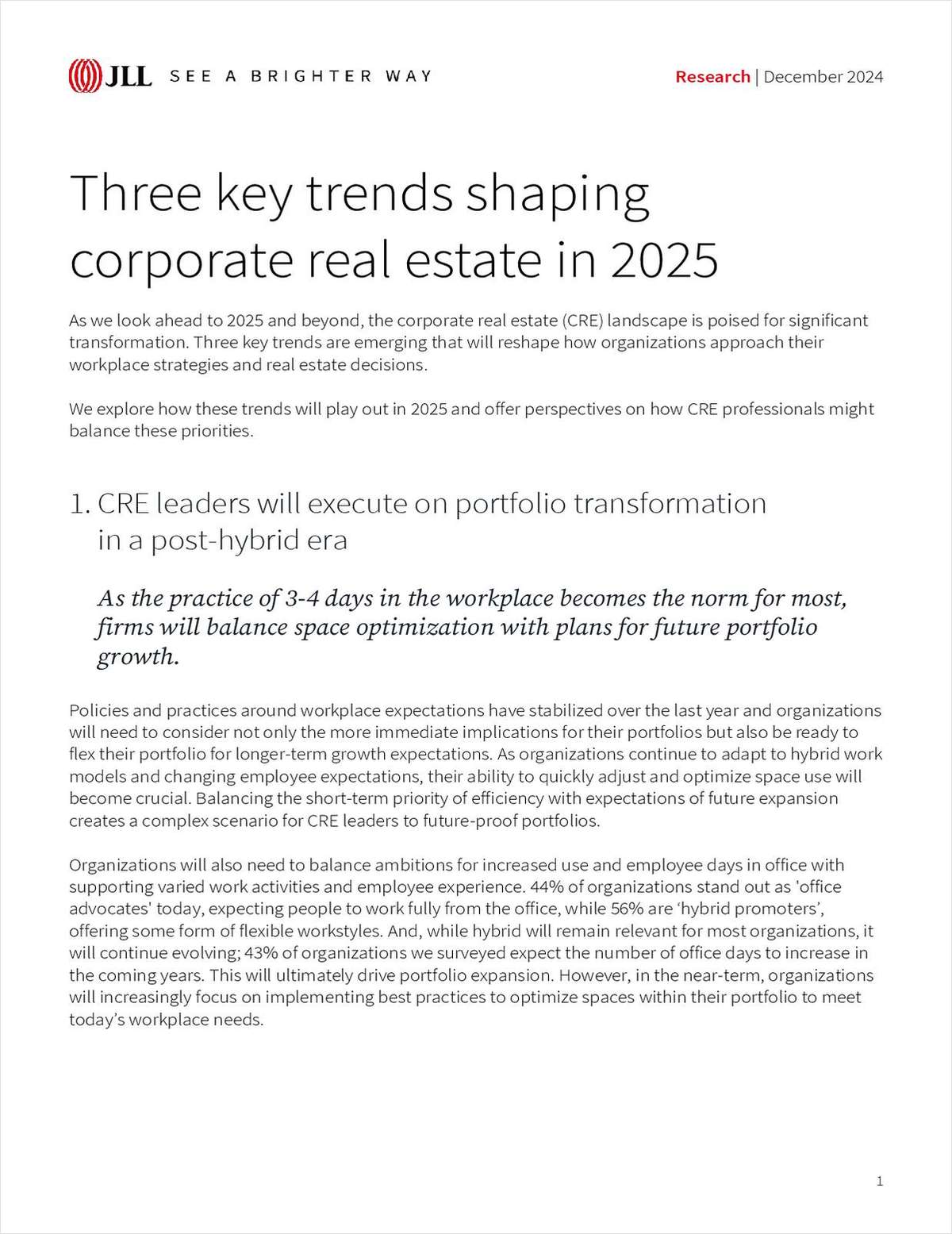Since the bottom of the recession in 2009, the U.S. economy has staged a rather respectable recovery. Total economic output now exceeds the pre-recession peak, as do retail sales and corporate profits. More important, recent growth has had more to do with private sector expansion and less government intervention, such as cash for clunkers and the home buyers’ tax credit, which drove the early stages of recovery. Commercial real estate investors have regained confidence with capital continuing its march back into the market so far this year as low interest rates and at least bottoming, if not improving fundamentals, justify a bit more risk tolerance. CRE sales were up 30% during the first quarter of 2011 over the same time last year, and appear to be broadening with more private capital joining institutional buyers, a factor that has dominated the increase in sales since the recovery began.
Recent evidence suggests an emerging loss of economic momentum. First-quarter GDP growth slowed dramatically thanks to higher energy prices sapping consumption and pressuring profit margins. Hiring, which picked up markedly in the last few months, is likely to slow in the summer. The pace of increase in retail sales and durable goods orders has already slowed and the index of leading indicators declined in April for the first same time since last June. In and of themselves, these indicators don’t spell recession. In fact, the resilience of the U.S. economy has been rather impressive. However, the notion of ‘a thousand paper cuts’ combined with the four structural risks facing the economy cannot be ignored by CRE investors. These include for-sale housing, high U.S. public and private debt levels, global uncertainty (particularly Middle East tensions and sovereign debt) and the Fed’s ability to balance growth and inflation.
The average economic expansion in the United States since WWII has lasted five years. By this measure, the current cycle has at least three years to run. A worsening or eruption of any of the risks mentioned above is unlikely to cause a recession–n in the near term. As the economy continues to expand, these risks – particularly for-sale housing and consumer debt – should abate. However, business confidence, which has to be the primary driver of this expansion, is fragile. The corporate profit cycle is peaking and high energy prices certainly aren’t helping this trend. A renewed round of corporate caution could result from any serious escalation of the risks and/or the thousand paper cuts effect.
If we dodge additional shocks over the next few years, we must still prepare for slower growth rates than our true potential because higher taxes and less spending are inevitable. In 2012, the Fed is likely to get pressured by rising inflation, especially if energy prices remain high. Its ability to balance the right dosage of tightening will be the key to whether the expansion continues without a major inflation problem or a ‘too much, too fast’ scenario that jolts the economy and capital markets.
The most likely outcome is the continuation of the economic expansion but at rates well below potential. This assumes the benefit of some lessons learned by the Fed going back to 1994 when aggressive tightening nearly killed the recovery, and during 2002 through 2004 when exceptionally low rates caused asset bubbles. It also assumes a 2012 grid lock effect in Washington, typical of election years.
How should CRE investors account for elevated risk and/or slow growth? We will address that in the next week’s blog.
Hessam Nadji is managing director, research and advisory services at Marcus & Millichap Real Estate Investment Services. Contact him at [email protected].
Want to continue reading?
Become a Free ALM Digital Reader.
Once you are an ALM Digital Member, you’ll receive:
- Breaking commercial real estate news and analysis, on-site and via our newsletters and custom alerts
- Educational webcasts, white papers, and ebooks from industry thought leaders
- Critical coverage of the property casualty insurance and financial advisory markets on our other ALM sites, PropertyCasualty360 and ThinkAdvisor
Already have an account? Sign In Now
*May exclude premium content© 2025 ALM Global, LLC, All Rights Reserved. Request academic re-use from www.copyright.com. All other uses, submit a request to [email protected]. For more information visit Asset & Logo Licensing.








